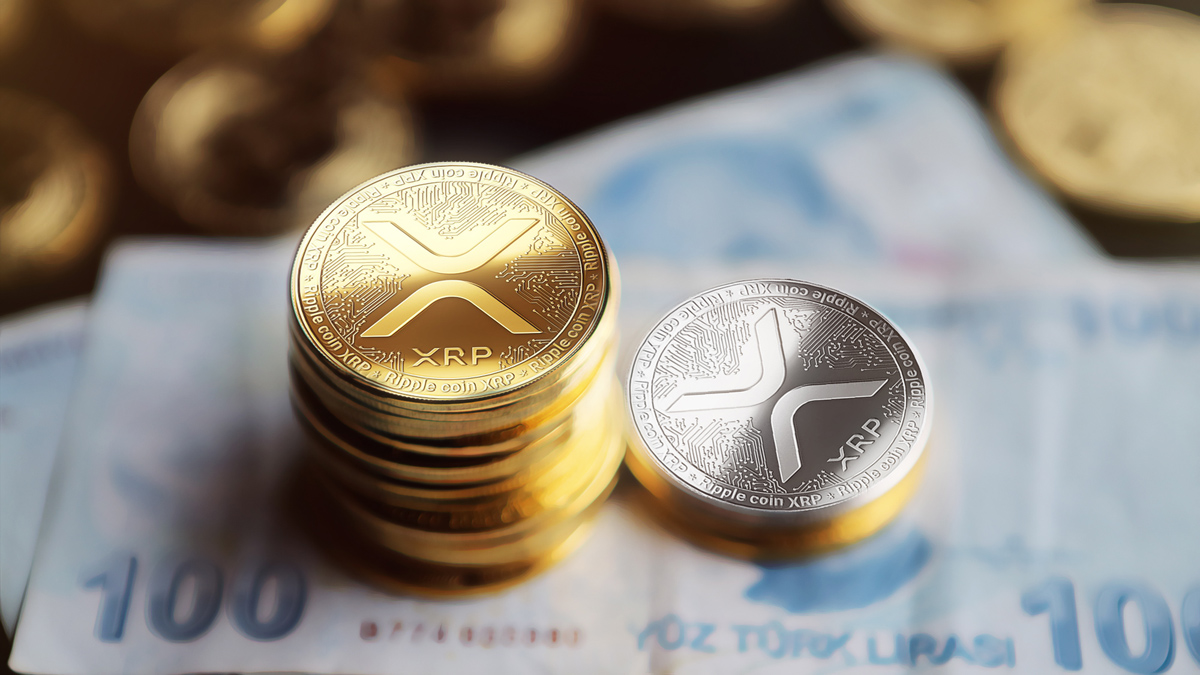VanEck, a major asset manager based in the United States, has filed an S-1 registration form with the SEC for an investment fund based on Binance Coin (BNB). The company aims to launch a regulated investment vehicle targeting BNB, following its previous successes with Bitcoin  $118,551 and Ethereum
$118,551 and Ethereum  $3,634-based funds. VanEck’s new initiative represents a progressive move towards diversifying cryptocurrency-based financial products in the market.
$3,634-based funds. VanEck’s new initiative represents a progressive move towards diversifying cryptocurrency-based financial products in the market.
BNB ETF Application Details
VanEck’s S-1 document submission includes detailed information on the operation, financial status, and pricing methods of the exchange-traded fund (ETF). Submitted to the Securities and Exchange Commission (SEC) on March 31, the fund aims to enable additional income generation through BNB staking under specific conditions, facilitated by BNB’s security structure.
With the ETF application, various opinions about BNB’s pricing have surfaced. Current data indicates that BNB is trading at approximately $593. Experts highlight that if the resistance level, set at $615, is breached, a strong upward movement may occur since the price is currently in a symmetrical triangle formation on the daily chart. The support level is noted around $580. Crypto Traders Are Rushing to This App – Here’s Why You Should Too
Technical Indicators
The daily chart shows the MACD signal bar indicating slight pressure, and the RSI hovering around 52, suggesting a neutral state. Analysts suggest that the narrowing of Bollinger bands, combined with the price following the middle band, could indicate potential short-term breakout signals. They assert that current technical indicators suggest a notable market movement might commence soon.
BNB’s transition from being heavily exchange-centered to a core component of Web3 infrastructure reflects its evolving role in the digital ecosystem. The effort to incorporate the fund within a regulatory framework could facilitate broader recognition and usage of this cryptocurrency asset.
Neutral evaluations suggest that VanEck’s application concerning BNB could attract investor interest. Market participants consider this development could positively impact the overall digital asset ecosystem, prompting them to revise their investment strategies accordingly.


 Türkçe
Türkçe Español
Español








